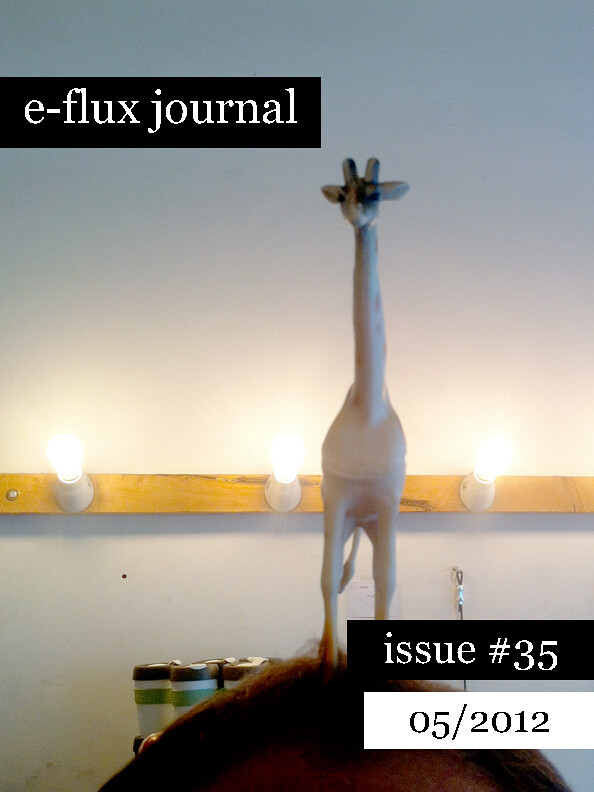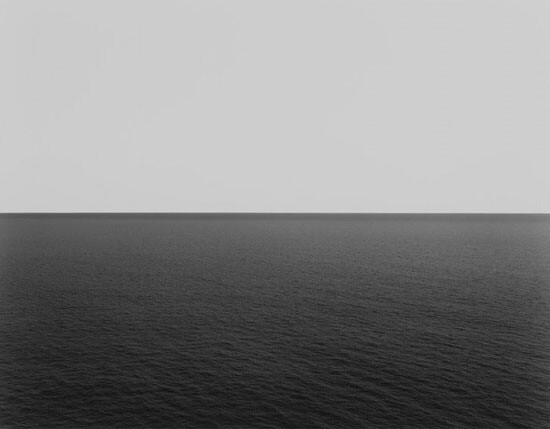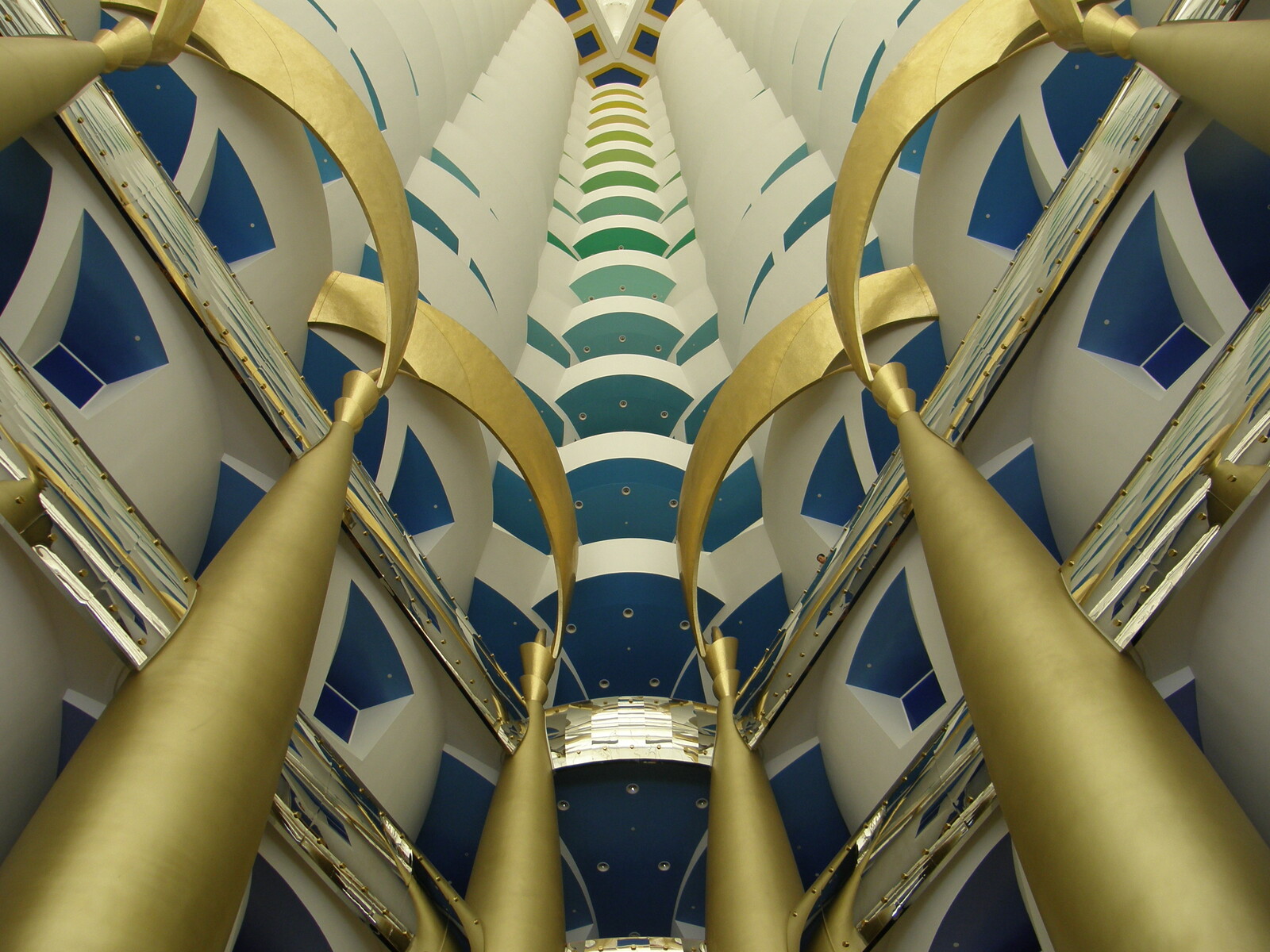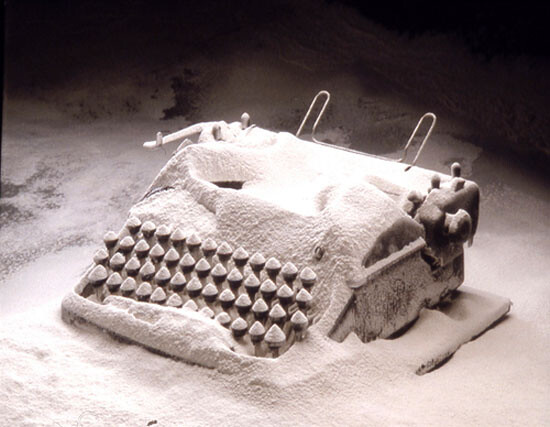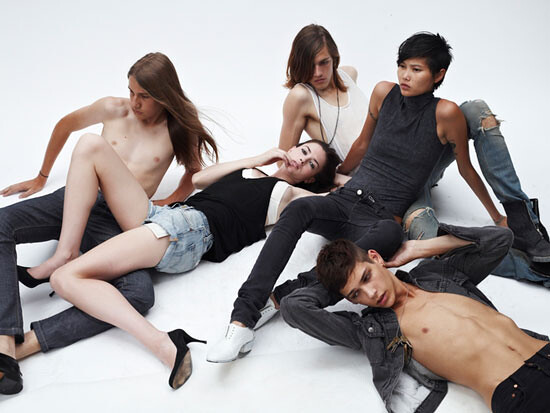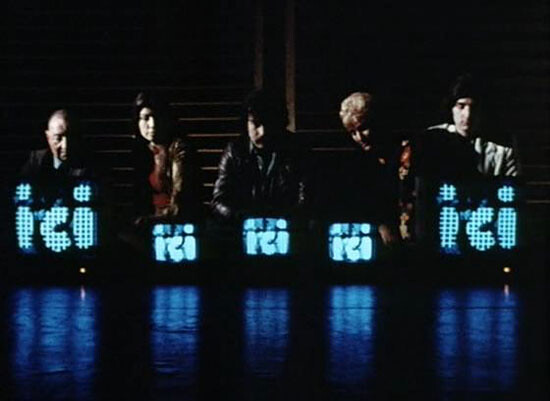Politics and art, like forms of knowledge, construct “fictions,” that is to say material rearrangements of signs and images, relationships between what is seen and what is said, between what is done and what can be done … They draft maps of the visible, trajectories between the visible and the sayable, relationships between modes of being, modes of saying, and modes of doing and making.
—Jacques Rancière, The Distribution of the Sensible 1
Huddled within one of the most…
Issue #35
May 2012
With:
Julieta Aranda, Brian Kuan Wood, Anton Vidokle, Elizabeth A. Povinelli, Bilal Khbeiz, Boris Groys, Sotirios Bahtsetzis, Irmgard Emmelhainz, and John Miller
What if history actually did end with the fall of communism and the end of the cold war, as Fukuyama claimed, and we are now enjoying some kind paradise of liberal democracy with no better political framework to strive towards? Or, what if a recognition of exploitation and social inequities actually is leading to a massive workers’ revolution that will reclaim the means of production and lead to a more equal distribution of resources and power—whether Marxist, democratic, or otherwise?…
View List
View Grid
7 Essays
May 2012
It is hard to distinguish individuals in a crowd. Citizens of the Gulf states appear to the visitor as crowds, with their identities as individuals momentarily suspended. Such a crowd is slightly different from the kind described by Elias Canetti. This is a crowd perceived as such by a visitor conscious of his individuality against the multitude. The crowd exerts no control over this visitor, nor does it repress his personality. Rather, this visitor exerts a form of authority—engaging in an…
From the start of modernity art began to manifest a certain dependence on theory. At that time—and even much later—art’s “need of explanation” ( Kommentarbeduerftigkeit ), as Arnold Gehlen characterized this hunger for theory was, in its turn, explained by the fact that modern art is “difficult”—inaccessible for the greater public. 1 According to this view, theory plays a role of propaganda—or, rather, advertising: the theorist comes after the artwork is produced, and explains this artwork…
Much has been said about the dangerous impact of a superficial, lifestyle-based, money-oriented culture: it has often been invoked as the explanation for why people become passive, docile, and easy to manipulate irrespective of how disadvantageous their economic conditions are. Following the illustrative critique of two eminent proponents of this criticism, Theodor Adorno and Max Horkheimer, the culture of our times is endangered by the uncontrollable expansion of the culture industry into…
→ Continued from “Between Objective Engagement and Engaged Cinema: Jean-Luc Godard’s ‘Militant Filmmaking’ (1967-1974), Part I” in issue 34.
If the films Godard made with the Dziga Vertov Group (DVG) show the historical, political, and sociological actuality, in Here and Elsewhere Godard and Miéville carve out a discursive position from which to retrospectively analyze May ’68 in France. They do this in 1974, concurrent with the Palestinian revolution. 1 DVG filmed some of the…
The following text, which is the final of three installments, traces back to a conversation I had with Mike Kelley in 1994, “Too Young to be a Hippy, Too Old to be a Punk.” 1 Christophe Tannert at Kunstlerhaus Bethanien in Berlin had invited us to discuss underground political and aesthetic culture in the US for the first issue of Bethanien’s Be Magazin . One year later, I followed this up with a narrative account and analysis of the subject, “Burying the Underground.” Meanwhile, a…
